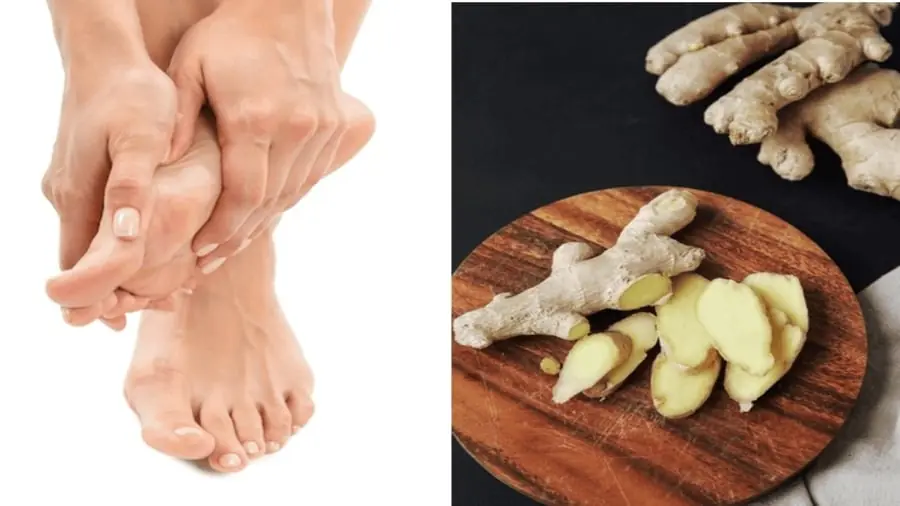
Mold Illness: What It Is and Hidden Signs You Have It
Mold Illness: What It Is and Hidden Signs You Have It
Mold: it thrives in countless places, from spoiled food to persistently damp towels. Where there's moisture, mold can take hold. While some types of mold are harmless, others can be toxic and lead to serious illness. Understanding the warning signs of mold-related illness and learning how to mold-proof your home is crucial for your health.

What is Mold?
"Mold" is a collective term for various microscopic fungi that grow and flourish in moist environments. These fungi reproduce rapidly by releasing spores and can appear in a range of colors, including grey, green, blue, and even red. Molds can expand quickly, transforming a tiny spot into a sizable colony within hours.
Mold spores contain toxins and possess remarkable resilience; they can remain dormant but viable even in dry, cold conditions where the mold itself cannot actively grow.
Common Mold Sources
Given mold's affinity for moisture, it can be found wherever water is (or was) present. Common locations include bathrooms with poor ventilation, humid basements, shower stall crevices, and areas under leaky sinks. However, mold often lurks in unseen places. Even appliances like your coffee maker can harbor mold.
A leaking pipe behind a wall can lead to extensive mold growth hidden behind drywall. A leaking roof above a well-sealed ceiling might conceal a crawlspace completely covered in mold and spores. Mold can also hide behind or beneath large appliances such as refrigerators, ovens, and washing machines.
Certain plants can also serve as hosts for mold. Christmas trees, for instance, are known to breed mold and may contribute to an increase in asthma attacks during winter months. Even after the tree is removed, its dispersed spores can linger in your home long after disposal.
Why Mold is Dangerous to Your Health
The Environmental Protection Agency (EPA) states that all types of mold can be hazardous to health, with "black mold" (often Stachybotrys chartarum) being among the most notorious for its toxicity.
Some individuals are particularly susceptible to mold illness due to a specific genetic predisposition (the HLA-DR gene). This gene can trigger an immune reaction upon mold exposure, making them more vulnerable.
Chronic mold exposure can lead to conditions like sinusitis and a more severe illness called Chronic Inflammatory Response Syndrome (CIRS). Both of these conditions are sometimes misdiagnosed or poorly treated, as many mainstream medical professionals may not immediately recognize the link between mold and these chronic health issues.
-
Fungal Sinusitis: Research from the late 1990s revealed that chronic sinusitis can sometimes be caused by a fungal infection. In cases where chronic sinusitis doesn't respond to antibiotics or decongestants, ENT specialists may suspect that the body's immune system is reacting to a fungal invader, leading to persistent irritation of the sinus cavities.
-
Chronic Inflammatory Response Syndrome (CIRS): Mold toxicity falls under the broader category of biotoxin illness, also known as Chronic Inflammatory Response Syndrome (CIRS). CIRS is a chronic, ongoing illness. While partly caused by mold, it is not an allergy. It begins when an individual is exposed to a biotoxin—a poison produced by a living organism.
In a healthy immune response, the body binds these biotoxins with cells, allowing them to be filtered and eliminated by the liver, kidneys, and other organs. However, in individuals with specific gene types, this binding mechanism doesn't function correctly, causing the biotoxin to continue circulating within their bodies. According to mold disease expert Dr. Ritchie Shoemaker, approximately 24% of people cannot mount adequate antibody responses, and these individuals make up the majority of those who develop illnesses from water-damaged buildings.
Indeed, what you might perceive as chronic sinus infections or "winter allergies" could potentially be a hidden mold illness.
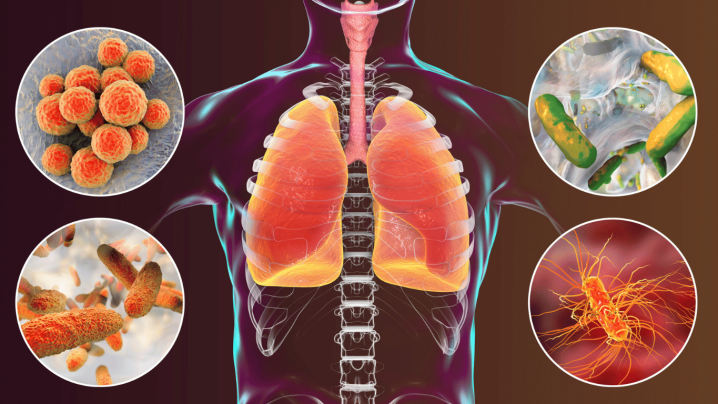
Signs and Symptoms of Mold Disease
The manifestations of mold disease are diverse, but a 2003 study of over 1,600 individuals exposed to fungus, presented at a Dallas environmental medicine symposium, identified common themes. The most frequent symptoms of mold illness included:
-
Tiredness/Fatigue
-
Difficulty breathing
-
Memory problems
-
Headache
-
Pain or discomfort in muscles and joints
Other potential signs and symptoms may include:
-
Gastric disturbances (vomiting and diarrhea)
-
Unexplained weight loss
-
Chronic bronchitis
-
Hair loss
-
Skin rashes
-
Chronic cough, or coughing blood
-
Visual problems and, in severe cases, blindness
-
Cold-like symptoms (itching eyes, runny nose, sore throat)
-
Loss of sense of smell
-
Frequent urination, kidney pain
-
Tremors
-
Depression and anxiety
What to Do if You Have Mold in Your Home
If you discover a mold issue in your home, it's crucial to take immediate action to prevent potential health problems down the line:
-
Clean Small Mold Areas: For small-scale mold problems, clean thoroughly with an anti-fungal cleanser. Natural bleach alternatives or hydrogen peroxide can be effective. Pay special attention to hidden crannies, like shower door tracks. An air purifier can offer some protection from toxins in areas with minor mold.
-
Professional Remediation for Extensive Mold: If the mold problem is extensive, hidden behind walls, or too large for simple cleaning, contact a mold remediation specialist. This often involves tearing out walls or ceilings, replacing moldy wood and insulation, and fixing any leaks or cracks that allow moisture to accumulate. Mold remediation can be costly, but the investment is invaluable when your health is at stake. The process may be lengthy, but the peace of mind of breathing mold-free air is well worth it.
-
Test for Mold: The first step is to confirm the presence and type of mold in your home using a test kit. Once you understand the extent and type of mold, you can proceed with appropriate remediation steps.
How to Mold-Proof Your Home
You can significantly reduce the risk of mold growth in your home by adopting simple habits that keep it clean, dry, and in good repair:
-
Promptly Fix Leaks: Repair any leaks immediately and seal cracks, especially in moist areas like bathrooms and kitchens.
-
Clean Up Water Damage Quickly: Thoroughly clean and dry any spills or water damage within 24-48 hours to prevent mold from taking hold.
-
Use a Dehumidifier: Consider purchasing and running a dehumidifier during damp weather or whenever your home feels humid.
-
Ensure Good Ventilation: Open windows and doors on dry days to allow for good airflow and ventilation throughout your home.
-
Ventilate Bathrooms: Use a bathroom vent fan or crack a window open when showering and continue until the air in the room feels dry.
-
Vent Appliances Outdoors: Always ensure that moisture-producing appliances, such as stoves and clothes dryers, are vented directly to the outside.
By being proactive and vigilant about moisture control, you can create a healthier, mold-free environment in your home.
News in the same category

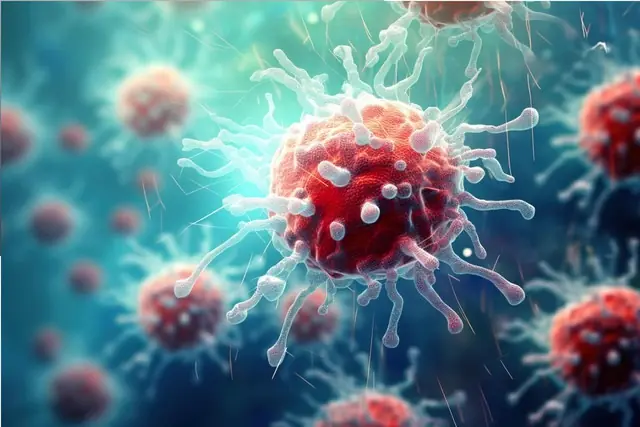
5 Common Recurring Illnesses That May Be Warning Signs of Cancer
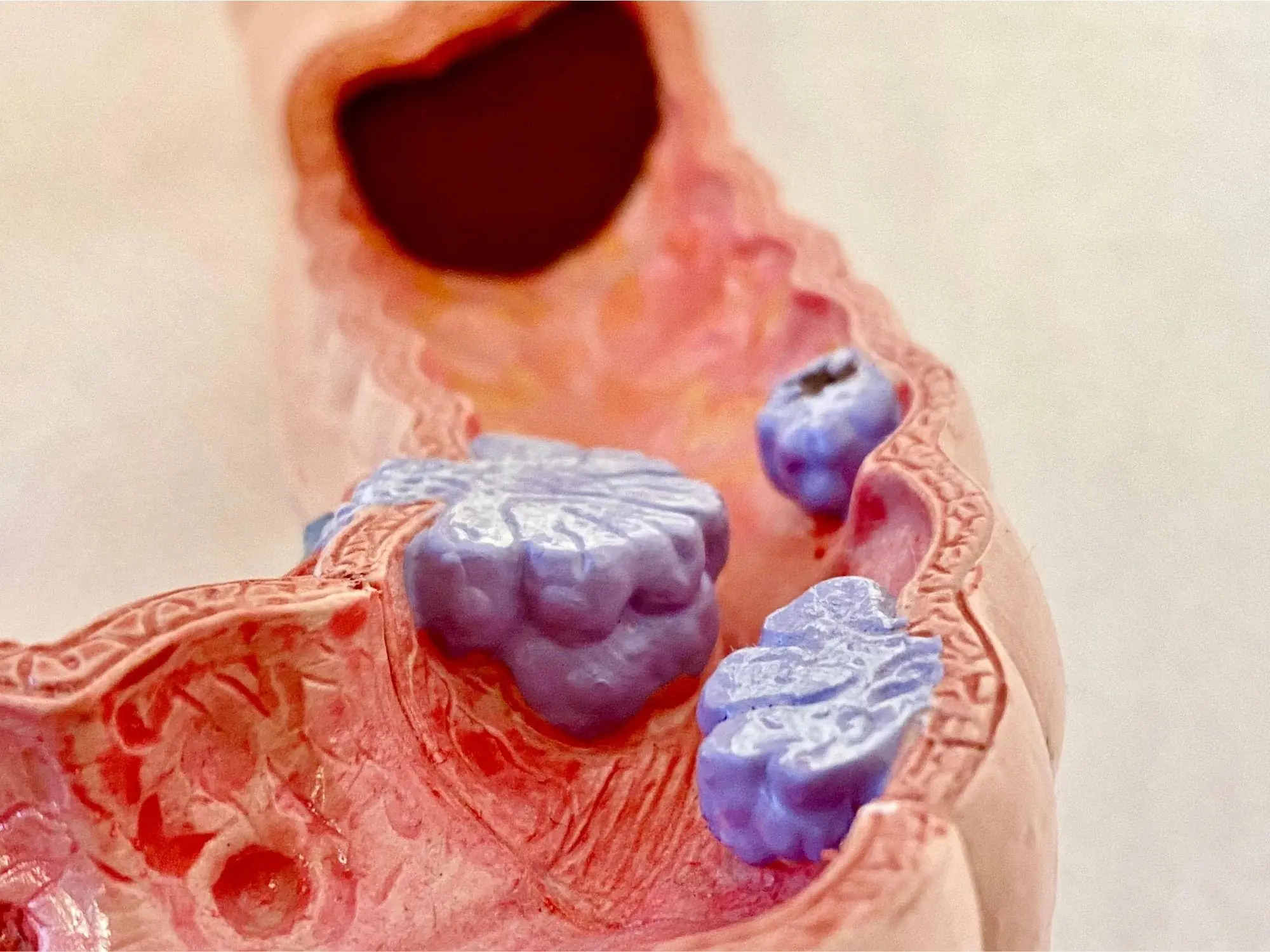
Stage 3 Colon Cancer Discovered Through a Symptom That Occurred 10 Times a Day

Cold Water vs. Warm Water: Which is Better For Your Health?

How to Get Rid of Bad Breath (Halitosis): Scientifically Proven Home Remedies

Do You Sleep With Your Cat? You Could Be At Risk For This Silent, Deadly Disease
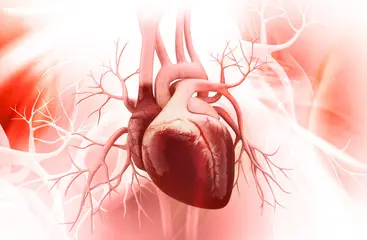
10 Habits That Harm Your Heart That You Probably Didn’t Know About
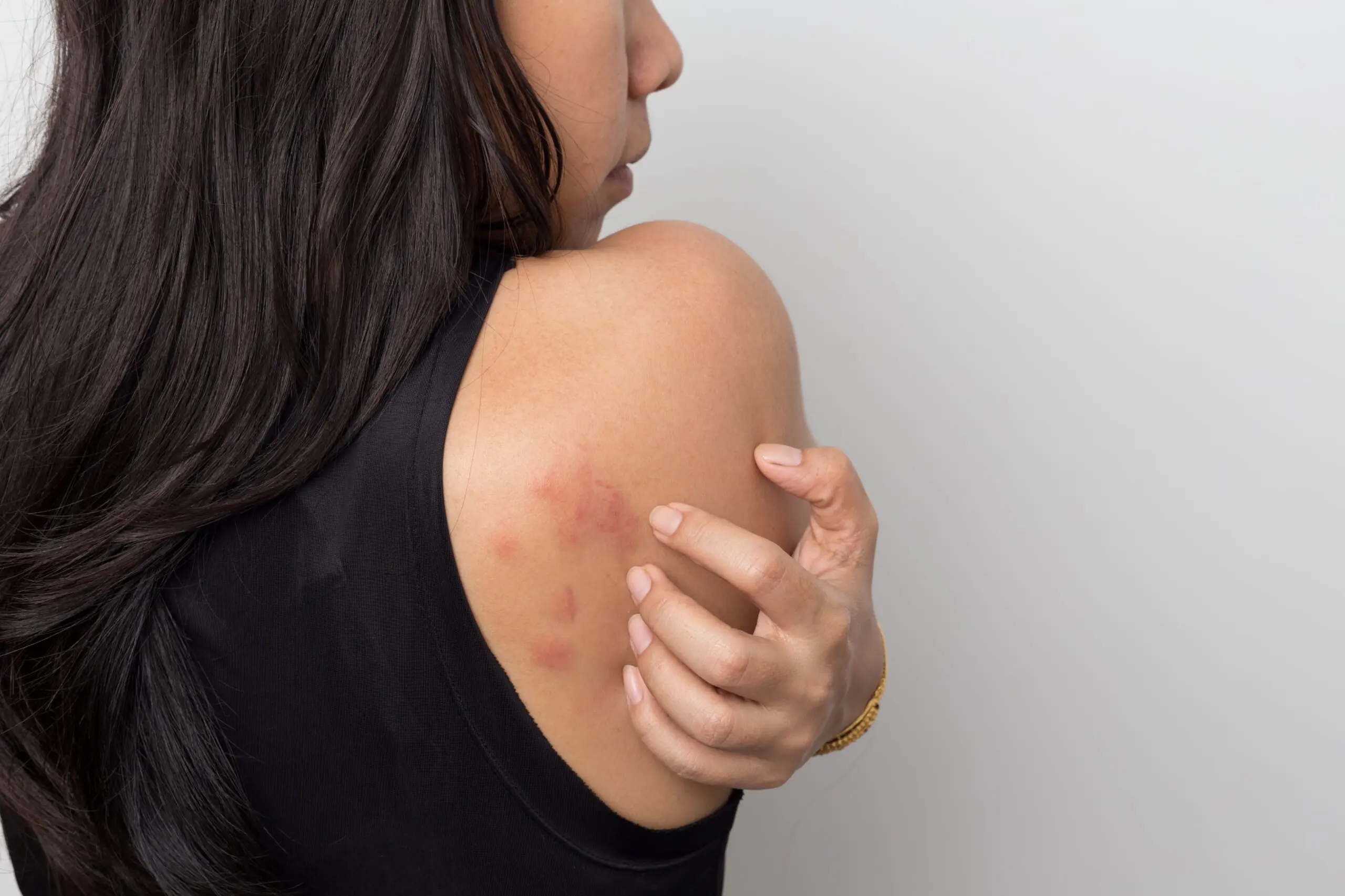
15 Common Cancer Symptoms You Shouldn’t Ignore

The Anti-Cancer Diet: Evidence-Based Cancer-Fighting Foods for Prevention
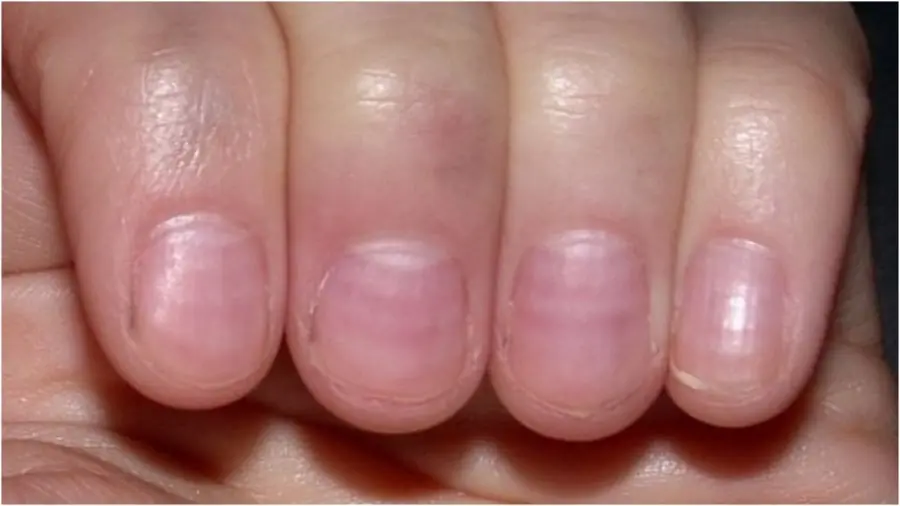
If Your Nails Show These Signs, Get Checked Immediately
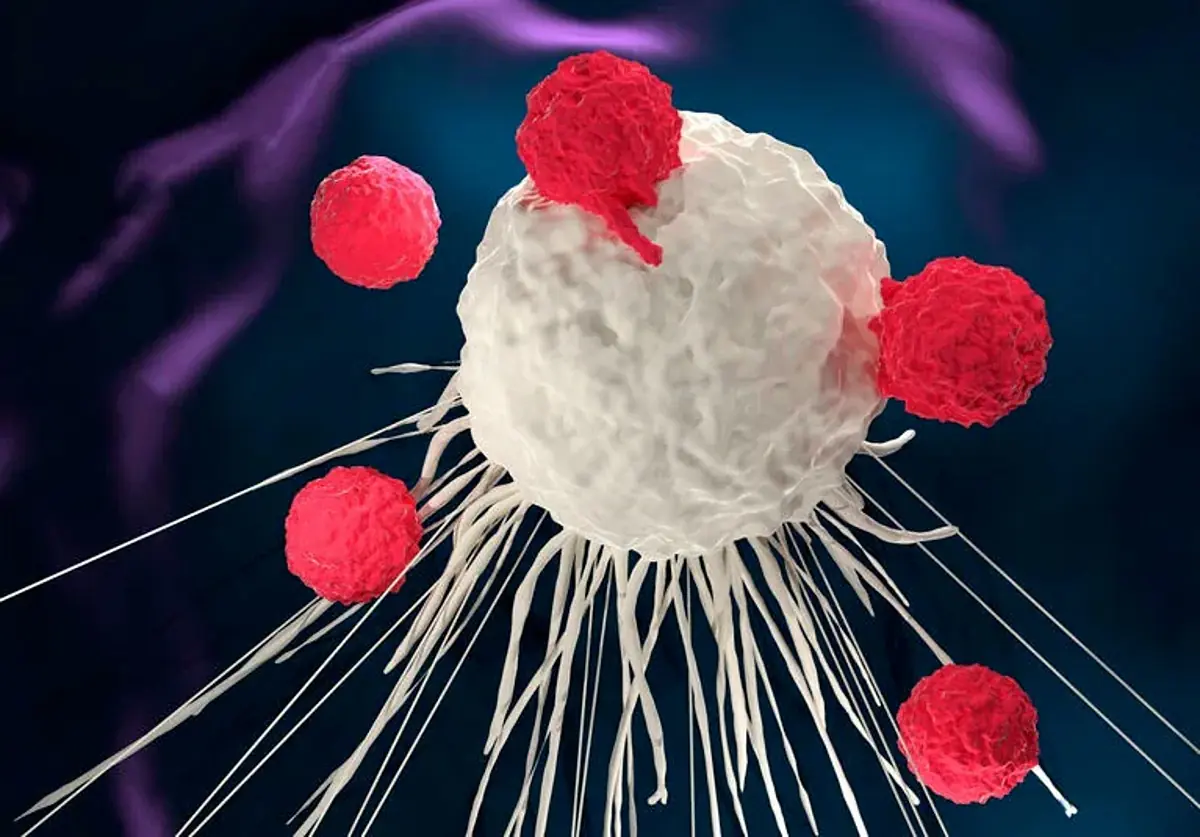
How Long a Person Can Live: You Can Tell Just by Looking at These 4 Key Areas
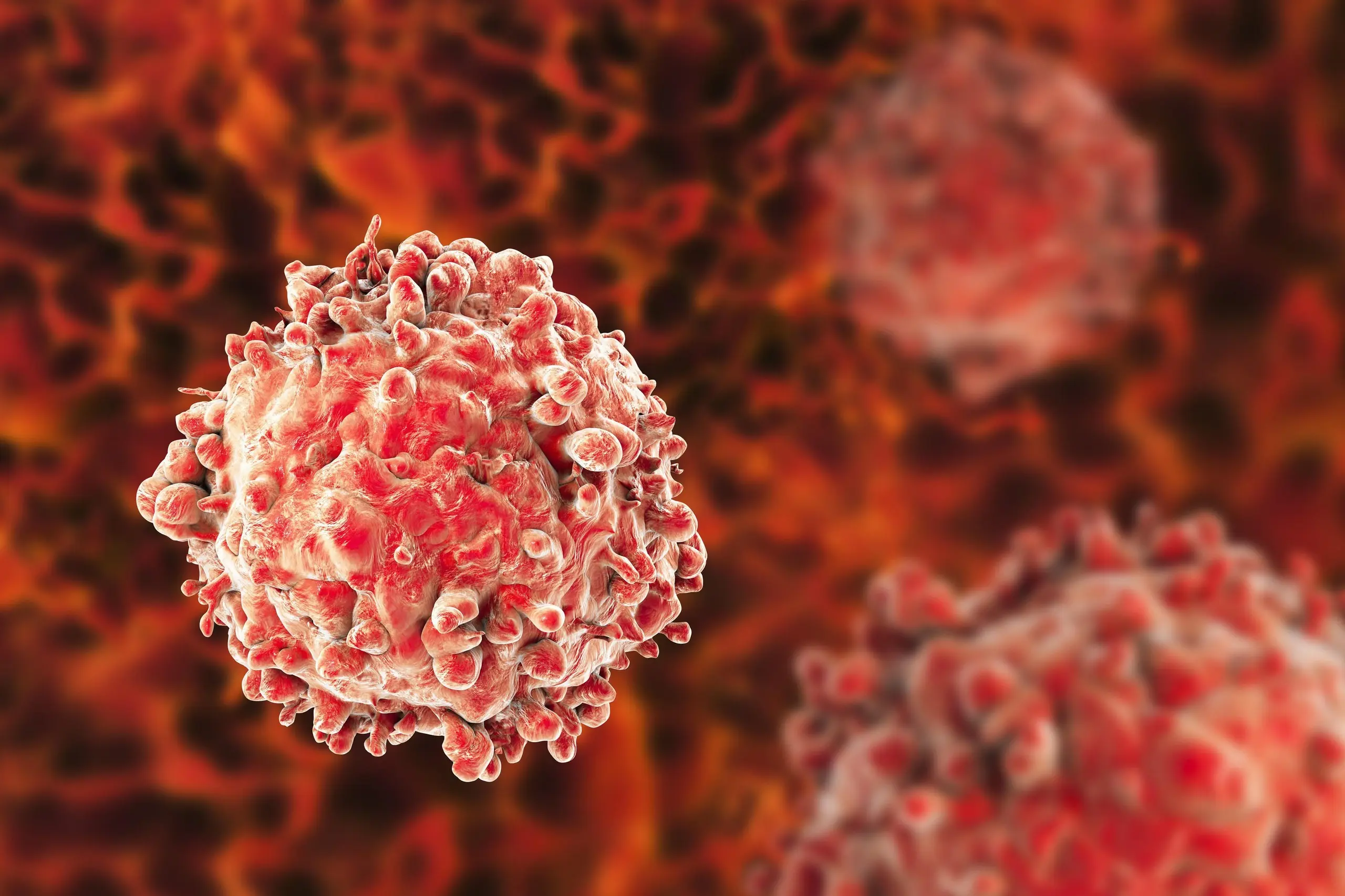
A Newly Discovered Drink That Fights Cancer: It's Not Tea or Coffee
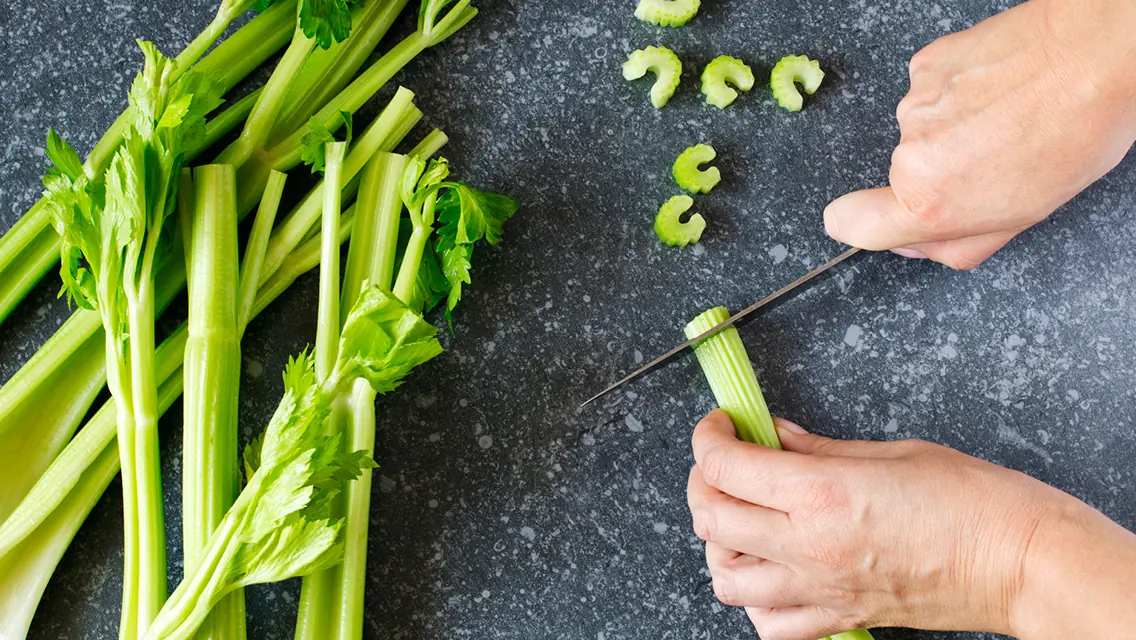
Proven Health Benefits of Celery & Nutritional Facts (Evidence-Based)
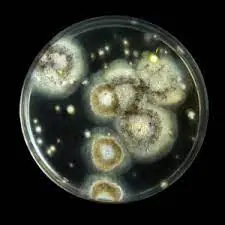
Mold Illness: What It Is, Hidden Signs, and How to Protect Your Home

80% of Heart Attacks Are Preventable: Embrace These 5 Simple Habits
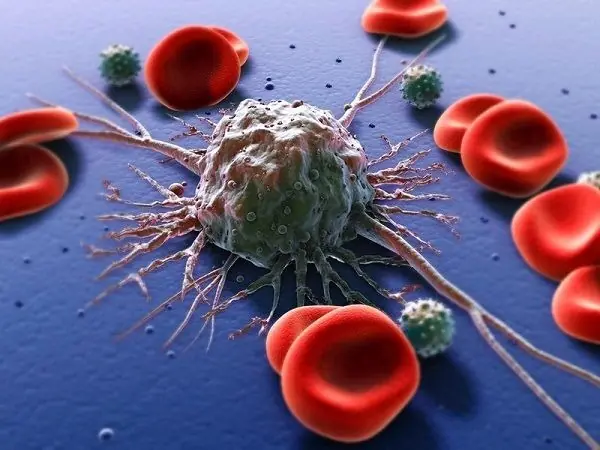
Is Cancer Hereditary? Helpful Tips to Prevent the Growth of Cancer Cells
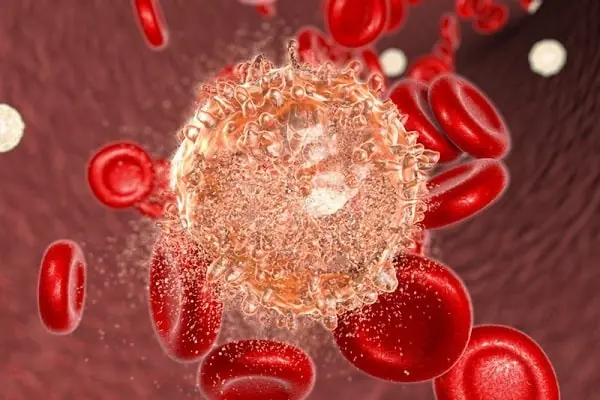
Warning from Hospitals: Eating This Type of Meat Every Day Can Increase Cancer Risk – Don’t Be Complacent!
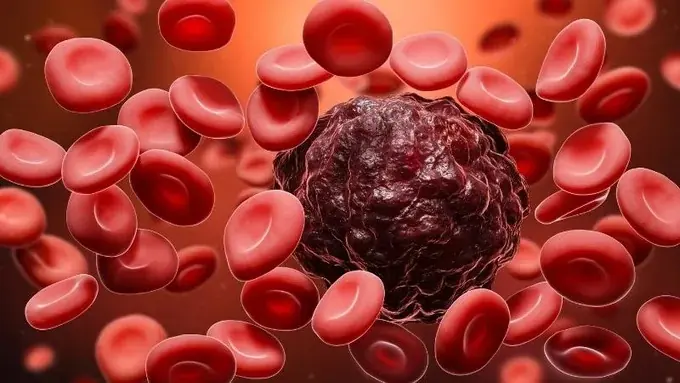
3 Pain Areas on the Body That Could Signal Early-Stage Cancer: Don’t Delay, or It Could Spread

Natural Solutions for Gout: Tackling Uric Acid to Prevent Pain
News Post

Should Men Give Up Their Seats on Public Transport for Women? Battle Breaks Out Over Londoner’s Viral Clip

The Reason Why You Start Waking Up Earlier As You Get Older

People Apparently Still Don’t Know What Paprika Is Made From

Scientists Say That The Brain Senses Emotions In Others Without You Even Knowing It

Rubbing Ginger on the Soles of Your Feet Before Bed: Discover the ‘Miraculous’ Health Benefits

5 Common Recurring Illnesses That May Be Warning Signs of Cancer

Stage 3 Colon Cancer Discovered Through a Symptom That Occurred 10 Times a Day

Cold Water vs. Warm Water: Which is Better For Your Health?

How to Get Rid of Bad Breath (Halitosis): Scientifically Proven Home Remedies

Do You Sleep With Your Cat? You Could Be At Risk For This Silent, Deadly Disease

The Ultimate Stand: A Woman's Fight to Reclaim Her Dream Home from Entitled In-Laws and an Irresponsible Husband
Discover the inspiring story of a woman who worked tirelessly to build her dream home, only to have it claimed by her husband’s family. A tale of strength, resilience, and the ultimate stand for respect and self-worth.

Lip Reader Reveals Shocking Words CEO Said To Woman On Coldplay Kiss Cam

3 Incredible Airplane Stories That Will Leave You Speechless
Discover three shocking and heartwarming true stories that prove anything can happen when you’re 30,000 feet in the air. From conmen to surprising proposals, these tales will leave you in awe.

I Didn't Tell My Husband's Family I Speak Their Language, and It Helped Me Uncover a Sh0cking Secret About My Child
What happens when secrets are buried in a marriage? Discover how a simple misunderstanding and language barrier uncovered shocking truths. Read the story of betrayal, love, and trust in this emotional tale.

“I’m Done Paying!” — The Day She Finally Stood Up to Her Husband’s Family Li3s
Alina, tired of being the financial lifeline for Sergey and his mother, decides it’s time to put herself first. After uncovering the truth about their living situation, she confronts Sergey, forcing him to face the consequences of his neglect. What foll

She Was Paying Rent for Two Years — Until a Stranger in the Elevator Said One Sentence That Changed Everything
For two years, she thought she was paying rent — until a neighbor revealed the apartment belonged to her husband’s mother. Anna quietly uncovered the truth behind the monthly payments, and when the facts were undeniable, she chose to walk away — wi

A little girl shares her lunch with a hungry classmate — years later he shows up at her wedding, and who would have thought
In the noisy cafeteria of an elementary school, a little girl named Lilia noticed a lonely boy with an empty tray. She shared her lunch, expecting nothing in return. Years later, as she stood at the altar in her wedding dress, that same boy—now a succes

Homeless Dad of Four Gives His Last $2 to a Stranger—Wakes Up to a Life-Changing Surprise!
When Brandon, a homeless father of four, gave his last $2 to help an elderly man buy a bottle of water, he had no idea that simple gesture would turn his life upside down. The next day, he inherited a massive company and a lavish estate—only to find him

After the Divorce, My Dad Always Chose His New Family's Kids—But He Didn't Expect This at My Graduation Party
They say family is everything, but sometimes, it’s the family that hurts you most. My name is Sharon, and I’ll never forget the day my father’s favoritism towards his new family crossed the line—only to learn the hard way that actions have consequ